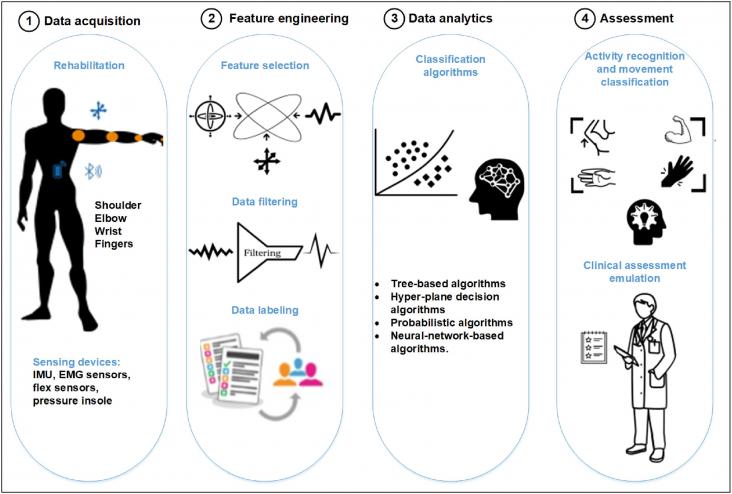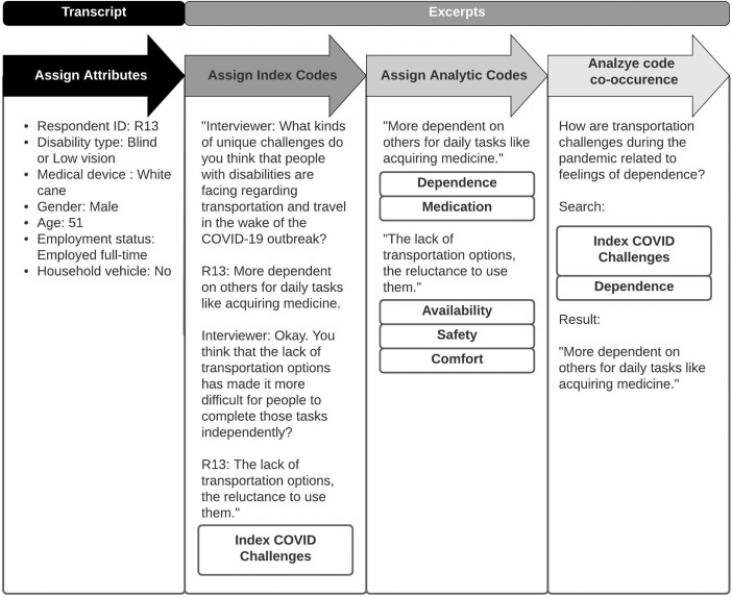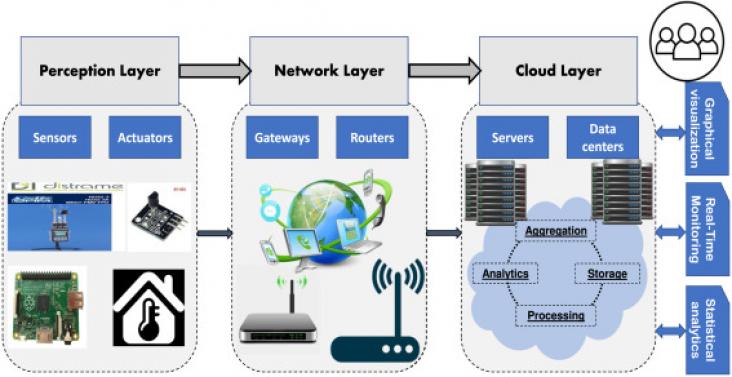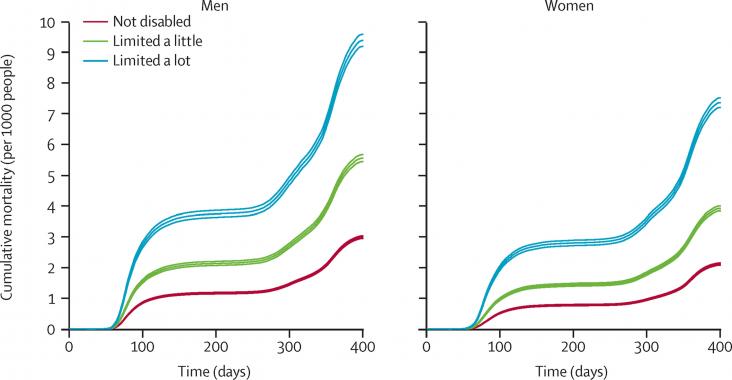
This year, #IDPWD21 celebrates the challenges, barriers, and opportunities for people who live with disabilities, in the context of a global pandemic. We call on domestic and international public health officials, political representatives, advocates, supporters, and every citizen in every community, to learn from the experiences of people living with disabilities during this pandemic, and push for more meaningful investments into the socioeconomic building blocks which will reduce the barriers faced by people with disabilities in every community on earth. With carefully curated book chapters and journal articles, our IDPWD special issue is our part to fight for the rights of people with disabilities in the post-COVID era.
Sustainable Cities and Society, Volume 74, November 2021
The concept of “Smart City” has been proposed by governments, the business community, advocacy groups, and research institutions as a means to solve common urban problems and improve the quality of life for citizens. Although a Smart City has the potential to change our cities for the better, it also may unintentionally reinforce existing inequalities. In particular, without appropriate strategies that support inclusion, persons with disabilities and seniors may experience social and digital exclusion in communities.
Transportation Research Part A: Policy and Practice, Volume 148, June 2021
Children with disabilities in Ontario, Canada have their right to equal access to education protected by the 1990 Ontario Human Rights Code and the 1990 Education Act. These legislated rights require the delivery of stigma- and barrier-free education services to children with disabilities. However, the extent to which compliance is achieved by school boards and individual schools is questionable and warrants attention as a matter of both scholarship and public policy.
Bio-Economy and Agri-production Concepts and Evidence 2021, Pages 247-263
Building and Environment, Volume 203, October 2021
Monitoring the thermal comfort of building occupants is crucial for ensuring sustainable and efficient energy consumption in residential buildings. Existing studies have addressed the monitoring of thermal comfort through questionnaires and activities involving occupants. However, few studies have considered disabled people in the monitoring of thermal comfort, despite the potential for impairments to present thermal requirements that are significantly different from those of an occupant without a disability.
Emerging Programs for Autism Spectrum Disorder Improving Communication, Behavior, and Family Dynamics 2021, Pages 243-264
The Lancet, Volume 398, 31 July 2021
Approximately 1·5 billion people worldwide live with a physical, mental, sensory, or intellectual disability, about 80% of which are in low-income and middle-income countries. This Series paper provides a global overview of the prevalence, benefits, and promotion policies for physical activity for people living with disabilities (PLWD). PLWD are 16–62% less likely to meet physical activity guidelines and are at higher risk of serious health problems related to inactivity than people without disabilities.
The Lancet Global Health, Volume 9, Issue 4, April 2021, Pages e489–e551
International Review of Research in Developmental Disabilities, Volume 61, January 2021
Children and youth with intellectual and developmental disabilities (I/DD) are at increased risk for obesity, metabolic syndrome, type 2 diabetes, hypertension, hyperlipidemia, and a host of other co-morbidities. By adulthood, this population is at very high risk for multiple co-morbidities that significantly shorten life expectancy and have negative impact on quality of life. Despite these disparities, children and youth with I/DD have limited access to resources and opportunities to engage in programming that appropriately address their needs.
International Review of Research in Developmental Disabilities, Volume 61, January 2021
People with disabilities, including individuals with intellectual and developmental disabilities (IDD), experience unique circumstances that alter their risk for and experiences of violence and abuse. In particular, people with disabilities may be at risk for two forms of disability-related abuse: (1) denial of assistance with activities of daily living (e.g., eating, dressing, toileting) and (2) denial of assistive technology (e.g., mobility aids, medical devices, communication devices).
Cardiovascular Implications of Stress and Depression, Volume , 1 January 2019
Social support is one of the most reliable predictors of better health outcomes, including lower cardiovascular disease morbidity and mortality. Although past research has focused on links between social support and health outcomes, much less work has explored whether social support is a mediator of the association between other psychological factors and cardiovascular disease. This chapter thus reviews the literature linking stress and depression to social support.
Obesity Hypoventilation Syndrome From Physiologic Principles to Clinical Practice 2020, Pages 29-38
International Encyclopedia of Transportation 2021, Pages 359-363
Modern Practical Healthcare Issues in Biomedical Instrumentation 2022, Pages 105-121
Handbook of Aging and the Social Sciences (Ninth Edition) Handbooks of Aging 2021, Pages 131-149
Control Theory in Biomedical Engineering Applications in Physiology and Medical Robotics 2020, Pages 205-234
Pharmacy Practice Research Case Studies 2021, Pages 133-153
Zika Virus Biology, Transmission, and Pathology Volume 1: The Neuroscience of Zika 2021, Pages 43-54
Epigenetics in Psychiatry (Second Edition) 2021, Pages 489-517
Advances in Magnetic Resonance Technology and Applications Volume 2, 2021, Pages 355-371
Heterogeneous Contributions to Numerical Cognition Learning and Education in Mathematical Cognition 2021, Pages 327-357
Neural Engineering Techniques for Autism Spectrum Disorder Volume 1: Imaging and Signal Analysis 2021, Pages 287-313
Child and Adolescent Online Risk Exposure An Ecological Perspective 2021, Pages 255-281
Neural Engineering Techniques for Autism Spectrum Disorder Volume 1: Imaging and Signal Analysis 2021, Pages 1-8
Future Directions in Digital Information Predictions, Practice, Participation Chandos Digital Information Review 2021, Pages 71-92
Libraries, Digital Information, and COVID Practical Applications and Approaches to Challenge and Change Chandos Digital Information Review 2021, Pages 111-118






